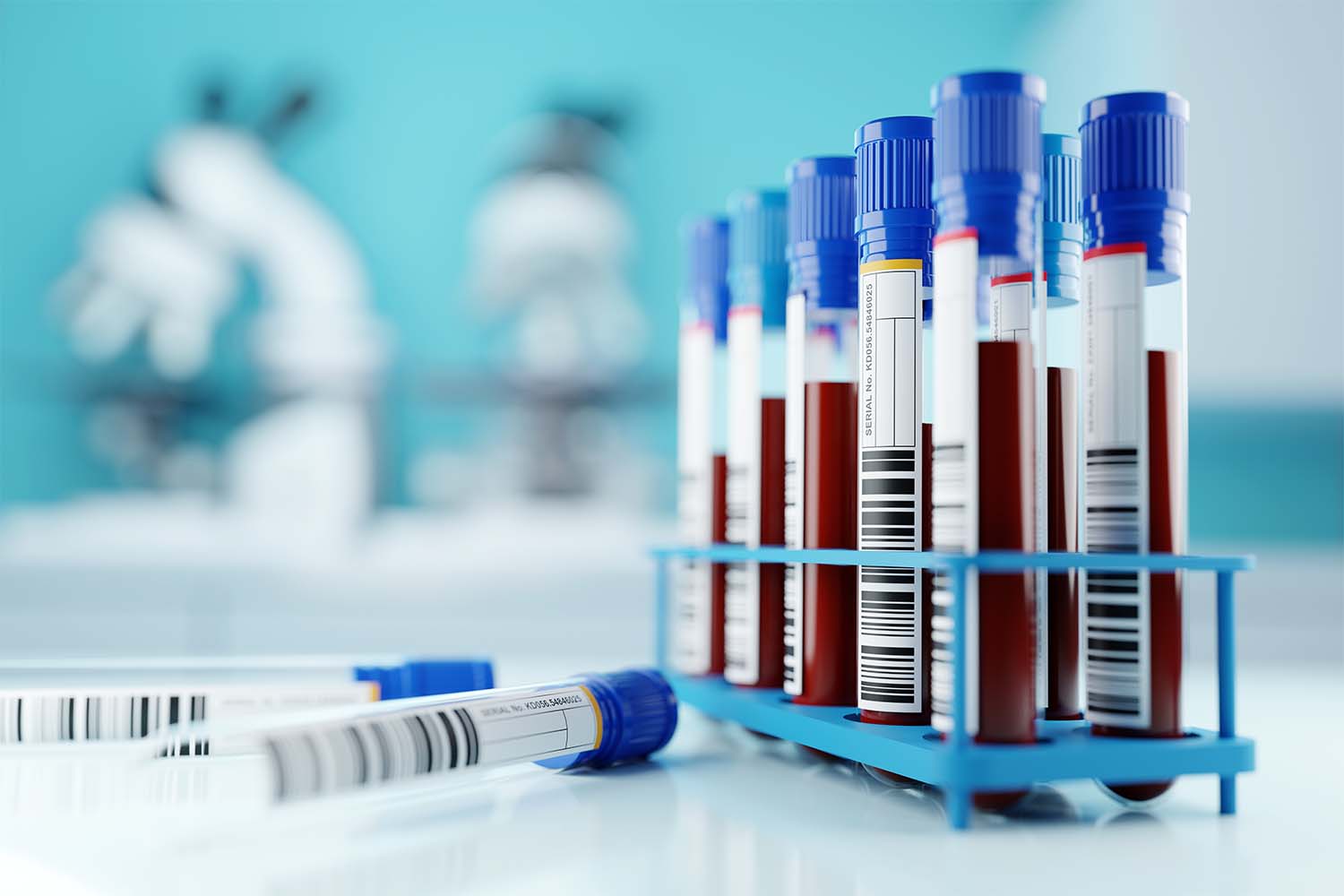

Articles
How To Store Blood Samples
Modified: December 7, 2023
Learn how to properly store blood samples in this informative article. Discover the best practices and guidelines for preserving the integrity and usability of blood samples.
(Many of the links in this article redirect to a specific reviewed product. Your purchase of these products through affiliate links helps to generate commission for Storables.com, at no extra cost. Learn more)
Introduction
Proper storage of blood samples is of paramount importance in the field of healthcare and medical research. Whether it’s for diagnostic purposes, genetic analysis, or long-term storage for future reference, maintaining the integrity and quality of blood samples is crucial. Improper storage conditions can lead to degradation of the samples, compromising their reliability and accuracy.
Medical professionals and researchers must understand the factors that affect blood sample storage and implement appropriate measures to ensure optimal conditions. This article will delve into the importance of proper blood sample storage, explore the factors that can impact storage, discuss recommended storage conditions, and provide valuable insights into the types of containers, steps, and monitoring procedures involved in storing blood samples.
By following the guidelines and best practices outlined in this article, healthcare providers and researchers can safeguard the value and efficacy of their blood samples, thereby enhancing the quality of patient care and advancing scientific knowledge.
Key Takeaways:
- Proper storage of blood samples is crucial for maintaining sample integrity, usability, and reliability, ensuring accurate diagnostic testing and supporting medical research advancements.
- Adhering to best practices, avoiding common mistakes, and implementing robust monitoring and maintenance procedures are essential for effective blood sample storage management.
Read more: How To Store Blood
Importance of Proper Blood Sample Storage
The proper storage of blood samples plays a crucial role in ensuring the accuracy and reliability of diagnostic testing and research studies. By maintaining optimal storage conditions, healthcare providers and researchers can preserve the quality of blood samples, allowing for more accurate diagnoses, effective treatment decisions, and successful scientific investigations.
One of the primary reasons for proper blood sample storage is to maintain the stability of the sample components. Blood is a complex biological fluid containing various analytes, including proteins, enzymes, cells, and genetic material. These components are susceptible to changes when exposed to suboptimal storage conditions, such as temperature fluctuations, light exposure, or contamination.
By storing blood samples under controlled conditions, healthcare providers can minimize the degradation of analytes and preserve their original concentrations. This is essential for accurate laboratory testing, as even slight changes in analyte levels can lead to misleading results and incorrect diagnoses.
Moreover, proper blood sample storage ensures sample integrity over time, allowing for additional testing or retrospective analysis. In some cases, additional tests may be required to confirm a diagnosis or assess treatment response. By storing samples appropriately, healthcare providers can ensure that the sample remains viable and suitable for additional testing, reducing the need for repeat blood collection from patients.
In the field of medical research, proper blood sample storage is essential for the reproducibility of scientific studies. Researchers rely on stored samples for various purposes, including genetic analysis, biomarker discovery, and longitudinal studies. By maintaining consistent storage conditions, researchers can minimize interferences and variations caused by sample degradation, thus improving the reliability and validity of their findings.
Furthermore, proper blood sample storage allows for long-term archival purposes. Occasionally, it becomes necessary to store blood samples for extended periods, either for legal or research purposes. By implementing appropriate storage conditions, such as ultra-low temperature freezing or cryopreservation, healthcare providers and researchers can ensure the long-term stability of the samples, allowing for future analysis and investigations.
In summary, proper blood sample storage is crucial for maintaining the stability, integrity, and usability of the samples. By preserving sample components, ensuring accurate laboratory testing, facilitating additional analyses, and enabling long-term storage, healthcare providers and researchers can optimize patient care, advance scientific knowledge, and contribute to the overall improvement of the healthcare industry.
Factors Affecting Blood Sample Storage
Several factors can significantly impact the storage of blood samples and potentially jeopardize their integrity and quality. Healthcare providers and researchers must be aware of these factors and implement appropriate measures to minimize their impact. Here are some key factors to consider:
Temperature: Temperature is one of the critical factors affecting blood sample storage. Most blood samples are stored at refrigerated temperatures between 2 to 8 degrees Celsius (36 to 46 degrees Fahrenheit). Deviations from this temperature range, whether it’s due to excessive heat or freezing temperatures, can lead to sample degradation. It’s essential to maintain consistent and appropriate temperatures throughout the storage process.
Light Exposure: Light exposure can cause photochemical reactions and lead to sample degradation. Blood samples should be stored in light-protected containers or wrapped in aluminum foil to prevent exposure to natural or artificial light sources.
Humidity: Elevated humidity levels can contribute to sample spoilage, bacterial growth, and sample-container interactions. It’s important to store blood samples in a dry environment and use sealed containers or tubes to minimize the effects of humidity.
Contamination: Contamination can occur through contact with external substances or improper handling. It’s essential to follow strict aseptic techniques during the collection, storage, and transport of blood samples to minimize the risk of contamination. Using sterile collection tubes, ensuring proper sealing, and regularly disinfecting storage areas are critical practices to prevent contamination.
Time Delay: Time delay between sample collection and processing/storage can impact sample quality. Some analytes in blood samples may be unstable or subject to degradation over time. It’s crucial to process and store blood samples as promptly as possible to preserve analyte stability and prevent potential alterations in the sample composition.
Freeze-Thaw Cycles: The repeated exposure of frozen blood samples to thawing and refreezing can impair sample quality and integrity. Multiple freeze-thaw cycles can lead to the breakdown of cells and alter analyte levels. It’s advisable to aliquot blood samples into smaller volumes to minimize the need for repeated freezing and thawing.
Type of Anti-Coagulant: Different anticoagulants are used to prevent blood clotting in collection tubes. The choice of anticoagulant can affect sample stability, particularly for certain analytes and applications. It’s crucial to understand the compatibility of the anticoagulant with the intended testing or research purpose and ensure proper storage conditions accordingly.
Batch Variability: In some cases, blood samples may be collected and analyzed as part of a larger study or cohort. Batch-to-batch variability can occur due to differences in collection techniques, time of collection, or storage conditions. Monitoring and documenting these variables are crucial to ensure the accuracy and comparability of results within the same study or analysis.
By being aware of these factors and implementing appropriate strategies to mitigate their impact, healthcare providers and researchers can ensure the reliability and integrity of their stored blood samples. Adhering to proper storage practices and preventative measures will ultimately contribute to better patient outcomes and advancement in medical research.
Recommended Storage Conditions
Proper storage conditions are essential to maintain the integrity and stability of blood samples. The following are the recommended storage conditions that should be followed to ensure the preservation of sample quality:
Temperature: Most blood samples are stored at refrigerated temperatures between 2 to 8 degrees Celsius (36 to 46 degrees Fahrenheit). This temperature range helps to slow down cellular degradation, enzymatic activity, and bacterial growth. However, it is important to note that certain analytes, such as specific proteins or DNA, may require different temperature conditions for optimal storage. It is crucial to consult test-specific guidelines or manufacturer recommendations for temperature-sensitive samples.
Freezing: For long-term storage or preservation of certain analytes, freezing becomes necessary. Ultra-low temperature freezers (-70 degrees Celsius or lower) are commonly used for this purpose. Freezing blood samples helps to arrest cellular activity and prevent degradation of analytes. It is important to freeze samples as soon as possible after collection to minimize sample breakdown.
Light Protection: Exposure to light, particularly ultraviolet (UV) light, can lead to photochemical degradation of certain analytes. Blood samples should be stored in light-protected containers, such as amber-colored tubes or wrapped in aluminum foil. This precaution prevents the damaging effects of light on the sample components.
Container Type: The choice of container is crucial to maintain sample integrity. Glass or plastic tubes with proper sealing and closure systems are commonly used for blood sample storage. These containers should be sterile, leak-proof, and compatible with the analytes being measured or tested. The use of appropriate containers minimizes the risk of contamination and helps maintain sample stability.
Labeling and Identification: Proper labeling and identification of stored blood samples are essential for sample traceability. Each tube or container should be clearly labeled with patient information, collection date, and any relevant identifiers. This facilitates accurate tracking and retrieval of samples for future analysis or reference.
Organization and Inventory Management: Establishing a comprehensive organization and inventory management system is crucial for efficient and reliable blood sample storage. This includes maintaining a detailed database or tracking system, ensuring sample rotation to prevent long-term storage, and regular monitoring of inventory to track any expired or unusable samples.
Security and Access Control: Blood samples contain sensitive patient information and should be stored in secure areas with restricted access. Implementing proper security measures ensures confidentiality and protects against unauthorized sample tampering or loss.
Backup Systems: It is advisable to have backup systems in place to mitigate the risk of sample loss due to power outages or equipment failures. This can include having alternative power sources, such as generators, and implementing temperature monitoring systems with alarms to promptly detect and respond to any deviations from the desired storage conditions.
By following these recommended storage conditions, healthcare providers and researchers can maintain the quality and integrity of blood samples, ensuring accurate diagnostic testing, reliable research outcomes, and overall improvement of patient care.
Types of Blood Sample Storage Containers
Choosing the right type of container for blood sample storage is crucial to ensure the integrity and stability of the samples. There are various container options available, each designed to meet the specific requirements of different storage conditions and analytical needs. Here are some commonly used types of blood sample storage containers:
Vacuum Blood Collection Tubes: Vacuum blood collection tubes, often made of glass or plastic, are commonly used for blood sample collection and short-term storage. These tubes come with different anticoagulants, such as EDTA, heparin, or citrate, to prevent blood clotting. They generally have color-coded tops to indicate the type of anticoagulant used. Vacuum tubes ensure proper mixing of the blood with the anticoagulant during collection, preserving sample integrity and stability.
Cryogenic Vials: Cryogenic vials are designed for long-term storage and preservation of blood samples at ultra-low temperatures (such as -70 degrees Celsius or lower). These vials are usually made of materials like polypropylene or high-density polyethylene to withstand extreme temperatures. They have secure screw-cap lids and are typically available in different sizes to accommodate various sample volumes. Cryogenic vials provide excellent insulation and can withstand repeated freeze-thaw cycles, making them ideal for long-term storage of blood samples for genetic studies and biobanking.
Microplates: Microplates, also known as 96-well plates or microtiter plates, are widely used in high-throughput screening and research applications. These plates consist of multiple wells, allowing for the storage of multiple blood samples simultaneously. They are typically made of durable plastic, such as polystyrene or polypropylene, and can be manually or robotically handled. Microplates are compatible with automated liquid handling systems and are suitable for short-term storage of blood samples for various assays, including enzyme-linked immunosorbent assay (ELISA) and DNA/RNA extraction.
Slide Containers: Slide containers are used for storing blood smears or cytological slides. These containers are usually made of plastic or cardboard and have slots or compartments to securely hold slides. They provide protection against physical damage, dust, or contamination, allowing for safe storage and transportation of blood smear slides for microscopic examination and analysis.
Transport Tubes: Transport tubes are specifically designed for the safe transportation of blood samples from collection sites to the laboratory. These tubes are leak-proof and come with secure caps to prevent spillage and contamination. Transport tubes are commonly used for short-term storage and transportation of blood samples before processing or long-term storage in appropriate containers.
Microcentrifuge Tubes: Microcentrifuge tubes, also known as microtubes, are small tubes used for the storage and processing of small blood sample volumes. These tubes are made of materials such as polypropylene and have tightly-sealing screw caps to prevent sample leakage and contamination. Microcentrifuge tubes are suitable for various laboratory procedures, including centrifugation, sample aliquoting, and short-term storage.
When selecting a blood sample storage container, it is essential to consider the specific storage requirements, including temperature, sample stability, and intended analytical methods. Adhering to proper storage container guidelines ensures sample integrity, accurate test results, and facilitates efficient laboratory operations.
Store blood samples in a refrigerator at 2-8°C to maintain stability. Avoid freezing the samples as it can damage the cells and affect test results.
Read more: How To Store Dna Samples
Steps to Properly Store Blood Samples
Properly storing blood samples is crucial to maintain their integrity and ensure accurate test results. Following these steps will help ensure the proper storage of blood samples:
1. Prepare the samples: Label each blood sample tube with relevant information, including patient identification, collection date and time, and any other required identifiers. Ensure that the tubes are securely sealed to prevent leakage and cross-contamination.
2. Determine the storage conditions: Based on the requirements of the specific tests or research being conducted, determine the appropriate storage conditions, such as refrigerated temperatures or freezing. Consider factors like sample stability, analyte preservation, and any manufacturer guidelines or test-specific recommendations.
3. Store at the recommended temperature: Place the blood samples in the designated storage area at the recommended temperature. Ensure that the storage area is appropriately calibrated and consistently maintains the desired temperature range. Monitor and document the temperature regularly to identify any deviations or fluctuations.
4. Protect from light: If light exposure can degrade the samples, either wrap the tubes in aluminum foil or store them in light-protected containers. This precaution helps to minimize the damaging effects of light on sample stability and integrity.
5. Maintain proper organization: Establish a clear organization system for storing blood samples. This can include using racks or boxes labeled with patient information, collection date, and other relevant identifiers. Maintain an accurate inventory log or database to track the location and status of each sample.
6. Avoid overcrowding: Ensure that the storage area is not overcrowded, as this can lead to improper air circulation and affect sample temperature. Leave adequate space between containers to allow for proper cooling or freezing.
7. Prevent cross-contamination: Store different blood samples in separate storage containers or use dividers between samples to prevent cross-contamination. It is crucial to follow strict aseptic techniques and practice proper handling when manipulating and storing blood samples.
8. Monitor and document: Regularly monitor and document the temperature and storage conditions of the blood samples. This includes recording temperature logs, conducting routine equipment maintenance checks, and addressing any deviations or issues promptly.
9. Periodically inspect the samples: Check stored blood samples periodically for signs of degradation, contamination, or any visible changes. If any issues are detected, investigate and take appropriate actions, such as re-testing, re-collection, or disposal, depending on the specific circumstances.
10. Follow appropriate retrieval and disposal protocols: Establish proper procedures for the retrieval and disposal of stored blood samples. This includes clearly labeling and maintaining documentation for retrieved samples and following appropriate guidelines for the disposal of expired or unnecessary samples, adhering to local regulations and ethical considerations.
By following these steps, healthcare providers and researchers can ensure the proper storage of blood samples, maintaining their quality and suitability for accurate diagnostic testing and research purposes. Adhering to best practices in blood sample storage leads to improved patient care, reliable research outcomes, and advancements in medical knowledge.
Monitoring and Maintenance of Stored Blood Samples
Monitoring and maintaining stored blood samples is crucial to ensure their quality, integrity, and suitability for testing or research purposes. By implementing proper monitoring and maintenance protocols, healthcare providers and researchers can proactively identify and address any issues that may arise during storage. Here are the key steps involved in monitoring and maintaining stored blood samples:
1. Temperature Monitoring: Regularly monitor the temperature of the storage area to ensure it remains within the recommended range. Use temperature monitoring devices, such as digital thermometers or data loggers, to record temperature readings at regular intervals. This allows for prompt identification of any temperature deviations that could compromise sample integrity and allows for timely action to resolve the issue.
2. Alarm Systems: Install temperature alarm systems within the storage area to alert staff if the temperature rises or falls outside the preset range. This allows for immediate corrective measures to be taken, such as adjusting the temperature controls or transferring samples to alternative storage locations.
3. Regular Equipment Maintenance: Regularly inspect and maintain the storage equipment, such as refrigerators, freezers, or cryogenic systems, to ensure optimal performance. Follow manufacturer guidelines for routine maintenance, cleaning, and calibration of the equipment. Proper maintenance reduces the risk of equipment failure and helps maintain consistent storage conditions.
4. Inventory Management: Keep an accurate and up-to-date inventory of stored blood samples. Regularly cross-check the inventory with actual samples to ensure proper organization and prevent any misplacement or loss of samples. This helps in efficient sample retrieval and avoids unnecessary duplication of tests or sample collection.
5. Sample Rotation: Periodically review the stored blood samples and prioritize using older samples first. Implementing a first-in, first-out (FIFO) system ensures that no samples become outdated or are stored for longer than necessary. This practice reduces the risk of using samples that may have degraded over time and helps maintain sample quality.
6. Quality Control Testing: Perform regular quality control testing using control samples to verify the accuracy and reliability of the stored blood samples. This helps in detecting any potential issues with sample degradation or variations in test results and ensures the quality and validity of the stored samples.
7. Recordkeeping: Maintain proper documentation of all activities related to the monitoring and maintenance of stored blood samples. This includes temperature logs, maintenance records, inventory updates, and any incidents or deviations encountered. Proper recordkeeping is essential for traceability and ensures compliance with regulatory requirements.
8. Staff Training and Education: Provide thorough training and education to staff involved in the monitoring and maintenance of blood sample storage. Ensure they are knowledgeable about proper storage procedures, equipment operation, and the importance of maintaining sample integrity. Properly trained staff are more likely to adhere to best practices and identify any potential issues that may arise.
9. Regular Audits and Quality Assurance: Conduct regular audits and quality assurance checks to assess the overall effectiveness of the monitoring and maintenance processes. This includes reviewing documentation, evaluating storage practices, and addressing any identified gaps or areas for improvement. Regular audits ensure continuous compliance with best practices and regulatory standards.
By implementing robust monitoring and maintenance procedures, healthcare providers and researchers can ensure the integrity and reliability of stored blood samples. This commitment to quality control helps in producing accurate test results, facilitating scientific research, and ultimately improving patient care.
Retrieval and Disposal of Blood Samples
The retrieval and disposal of blood samples are important aspects of managing stored samples in a responsible and ethical manner. Proper procedures for retrieval and disposal ensure the privacy and confidentiality of patient information and maintain compliance with legal and regulatory requirements. Here are the key steps involved in the retrieval and disposal of blood samples:
Retrieval:
1. Identification and Documentation: Retrieve blood samples based on specific requirements, such as follow-up testing, research purposes, or legal obligations. Ensure accurate identification of the samples by matching patient information and collection details with the requested samples. Document the retrieval process, including the date, time, and reason for retrieval, for proper recordkeeping.
2. Proper Handling: Handle retrieved blood samples with care to prevent contamination or damage. Follow aseptic techniques and use sterile gloves when handling samples. Avoid unnecessary exposure to ambient conditions or excessive freezing-thawing cycles during the retrieval process to maintain sample integrity.
3. Transportation: If blood samples need to be transported to another location, ensure appropriate packaging and shipping conditions. Use leak-proof containers and adhere to transportation regulations, such as using refrigerated or insulated boxes for maintaining the required temperature conditions. Keep detailed records of the transportation process, including tracking numbers and chain of custody documentation, if applicable.
4. Consent and Privacy: Respect patient consent and privacy throughout the retrieval process. Ensure compliance with applicable privacy laws and guidelines, such as obtaining informed consent for further testing or research purposes. Protect patient confidentiality and ensure that retrieved samples are only used for authorized purposes.
Disposal:
1. Legal and Ethical Considerations: Familiarize yourself with relevant legal and ethical requirements for the disposal of blood samples. Follow local, state, and federal regulations, as well as institutional policies, when disposing of samples. Consider any specific guidelines for disposal, such as those related to hazardous waste management.
2. Safe Handling: Handle blood samples slated for disposal with caution and in accordance with relevant safety guidelines. Use proper personal protective equipment (PPE) such as gloves and lab coats when handling samples. Ensure the samples are securely sealed to prevent leakage or accidental exposure.
3. Proper Packaging: Package blood samples for disposal in compliance with local regulations. Use designated containers or bags specifically designed for biohazardous waste or sharps disposal. Clearly label the containers with proper biohazard symbols and any additional required warning signs.
4. Waste Management: Follow proper waste management protocols for disposing of blood samples. This may include working with waste disposal services or designated hazardous waste providers who can ensure safe and compliant disposal of biohazardous material. Familiarize yourself with the local regulations and procedures for proper disposal.
5. Documentation: Maintain detailed records of the disposal process, including the date, time, method, and location of disposal. Keep records for the appropriate duration as required by the relevant regulatory bodies and institutional policies. Documentation is essential for auditing purposes and to demonstrate compliance with legal and ethical guidelines.
By adhering to these steps for retrieval and disposal, healthcare providers and researchers can ensure responsible handling of blood samples, protect patient privacy, and reduce the risk of environmental contamination. Proper management of the retrieval and disposal process upholds ethical standards and contributes to maintaining a safe and compliant healthcare environment.
Common Mistakes to Avoid in Blood Sample Storage
Proper storage of blood samples is crucial to maintain their integrity and ensure accurate test results. Avoiding common mistakes in blood sample storage is essential to minimize the risk of sample degradation and compromised data. Here are some common mistakes to avoid:
1. Inadequate Temperature Control: Failing to maintain proper temperature control can lead to sample degradation. It is crucial to consistently monitor and regulate the temperature of storage areas to ensure they remain within the recommended range. Fluctuations in temperature can cause changes in analyte levels, potentially rendering the samples unusable or compromising test results.
2. Insufficient Labeling: Inaccurate or insufficient labeling can cause confusion and potential mix-ups in sample identification. Each blood sample container should be clearly labeled with patient information, collection date, and any other relevant identifiers. Ensure that the labeling is legible and securely attached to the container to prevent loss or detachment during storage.
3. Improper Storage Container Selection: Choosing the wrong type of storage container can result in sample degradation or contamination. It is important to select containers specifically designed for blood sample storage and compatible with the intended storage conditions. For example, using non-sterile containers or containers with improper sealing mechanisms can compromise sample integrity.
4. Overcrowding: Overcrowding of storage areas can negatively impact air circulation and temperature control. Leaving adequate space between containers allows for proper cooling or freezing and reduces the risk of samples being affected by nearby temperature fluctuations. Avoid overcrowding to maintain consistent storage conditions for all samples.
5. Inadequate Security Measures: Inadequate security measures can result in unauthorized access or tampering with stored blood samples. Access to the storage area should be restricted, and security protocols should be in place to protect patient confidentiality and prevent sample theft or mishandling.
6. Failure to Document Retrieval and Disposal: Failing to document the retrieval and disposal of blood samples can lead to confusion, loss of traceability, and potential breaches in regulatory compliance. Ensure that all retrieval and disposal activities are properly documented, including the date, time, reason, and individuals involved. Maintaining accurate records provides an audit trail and ensures transparency in the management of stored blood samples.
7. Lack of Regular Monitoring and Maintenance: Neglecting regular monitoring and maintenance of storage equipment and conditions can result in unexpected issues. It is important to establish a routine schedule for temperature monitoring, equipment maintenance, inventory checks, and quality control testing. Regular monitoring and maintenance help identify and address any abnormalities or potential problems before they impact sample integrity.
8. Failure to Implement Sample Rotation: Ignoring the practice of sample rotation can lead to the storage of outdated samples for excessive periods. Implementing a first-in, first-out (FIFO) system ensures that samples are used within appropriate time frames and reduces the risk of using degraded or expired samples for testing or research.
9. Inadequate Staff Training: Insufficient training and education of staff responsible for blood sample storage can increase the likelihood of errors and mishandling. Ensure that staff members are properly trained on storage protocols, handling procedures, and equipment operation. Ongoing training and refresher courses facilitate adherence to best practices and maintain a high standard of sample storage and management.
10. Lack of Contingency Planning: Failing to anticipate and plan for potential issues, such as power outages or equipment failures, can result in compromised sample storage. Implement contingency plans, such as backup power sources and alternative storage options, to ensure uninterrupted sample storage and preservation.
By avoiding these common mistakes in blood sample storage, healthcare providers and researchers can maintain sample integrity, improve data quality, and ensure reliable test results. Attention to detail, adherence to best practices, and ongoing quality control measures are essential for effective blood sample storage management.
Read more: How To Store Blood At Home
Conclusion
The proper storage of blood samples is of paramount importance in the fields of healthcare and medical research. It ensures the accuracy and reliability of diagnostic testing, supports ongoing research endeavors, and contributes to advancements in medical knowledge. By following best practices and avoiding common mistakes, healthcare providers and researchers can ensure the integrity and usability of stored blood samples.
Understanding the factors that affect blood sample storage, such as temperature, light exposure, and contamination, is crucial in implementing appropriate storage conditions. Recommended storage conditions, including temperature control, light protection, and proper organization, play a vital role in maintaining sample quality and stability. Utilizing the correct types of blood sample storage containers, such as vacuum blood collection tubes, cryogenic vials, or microplates, further enhances sample preservation and usability.
Properly storing blood samples involves a series of steps, including preparing the samples, determining the storage conditions, and organizing them in a systematic manner. Regular monitoring and maintenance of stored blood samples, such as temperature monitoring, equipment maintenance, and quality control testing, are essential to ensure sample viability and reliable results.
Retrieval and disposal of blood samples should be conducted with strict adherence to legal and ethical considerations. Proper handling, transportation, and documentation are crucial during the retrieval process. Disposal should be conducted in accordance with local regulations, ensuring the safe disposal of biohazardous waste and protecting patient privacy.
Avoiding common mistakes in blood sample storage, such as inadequate temperature control, insufficient labeling, or overcrowding, is essential in preserving sample integrity and preventing data inaccuracies. Regular staff training, robust security measures, and proper documentation contribute to a well-managed storage system.
In conclusion, proper storage of blood samples is essential to maintain their integrity, usability, and reliability. By implementing recommended storage conditions, selecting appropriate containers, conducting regular monitoring and maintenance, and adhering to proper retrieval and disposal practices, healthcare providers and researchers can ensure the accuracy of diagnostic tests, support further research, and contribute to improved patient care and scientific advancements.
Frequently Asked Questions about How To Store Blood Samples
Was this page helpful?
At Storables.com, we guarantee accurate and reliable information. Our content, validated by Expert Board Contributors, is crafted following stringent Editorial Policies. We're committed to providing you with well-researched, expert-backed insights for all your informational needs.
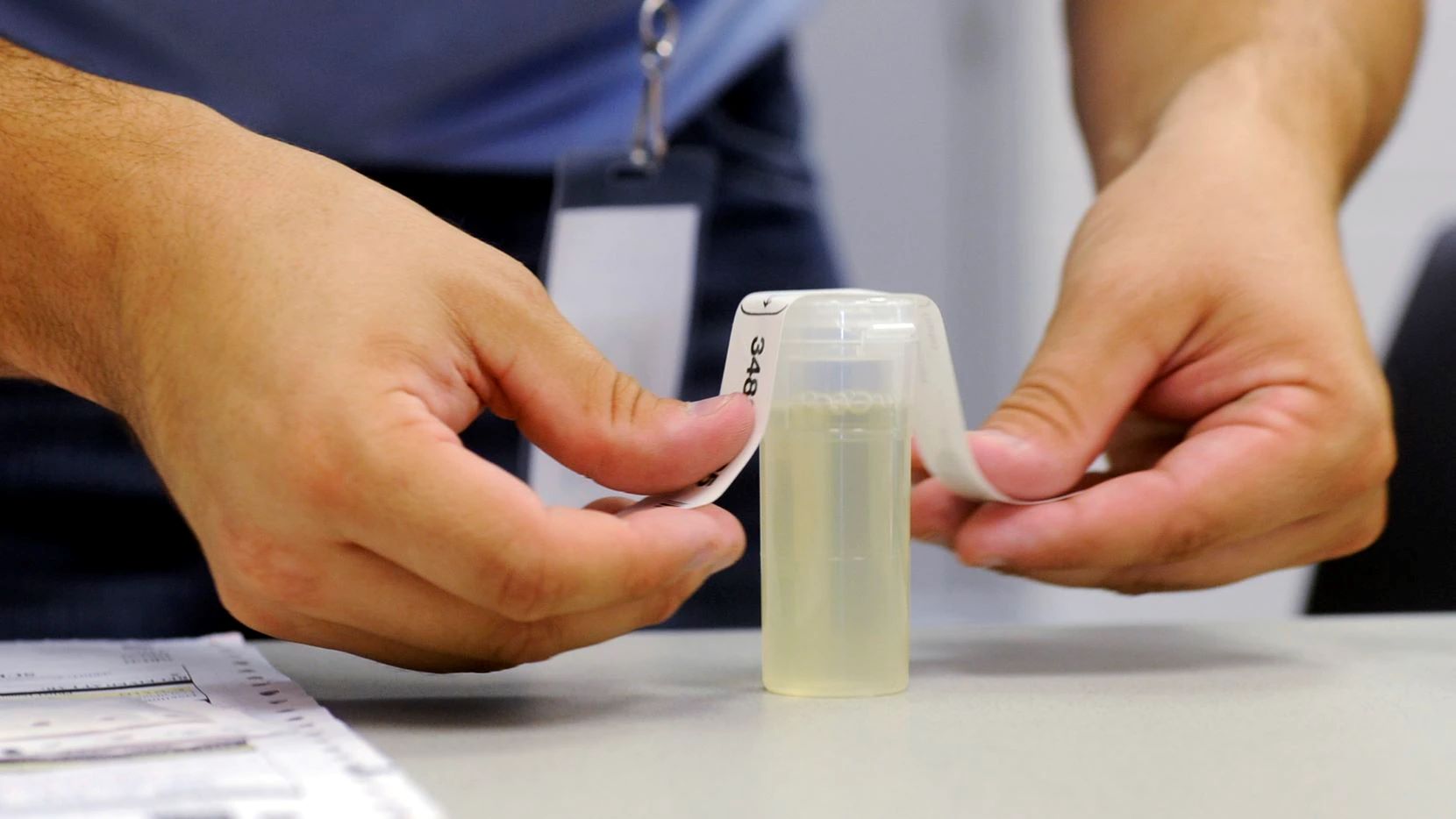





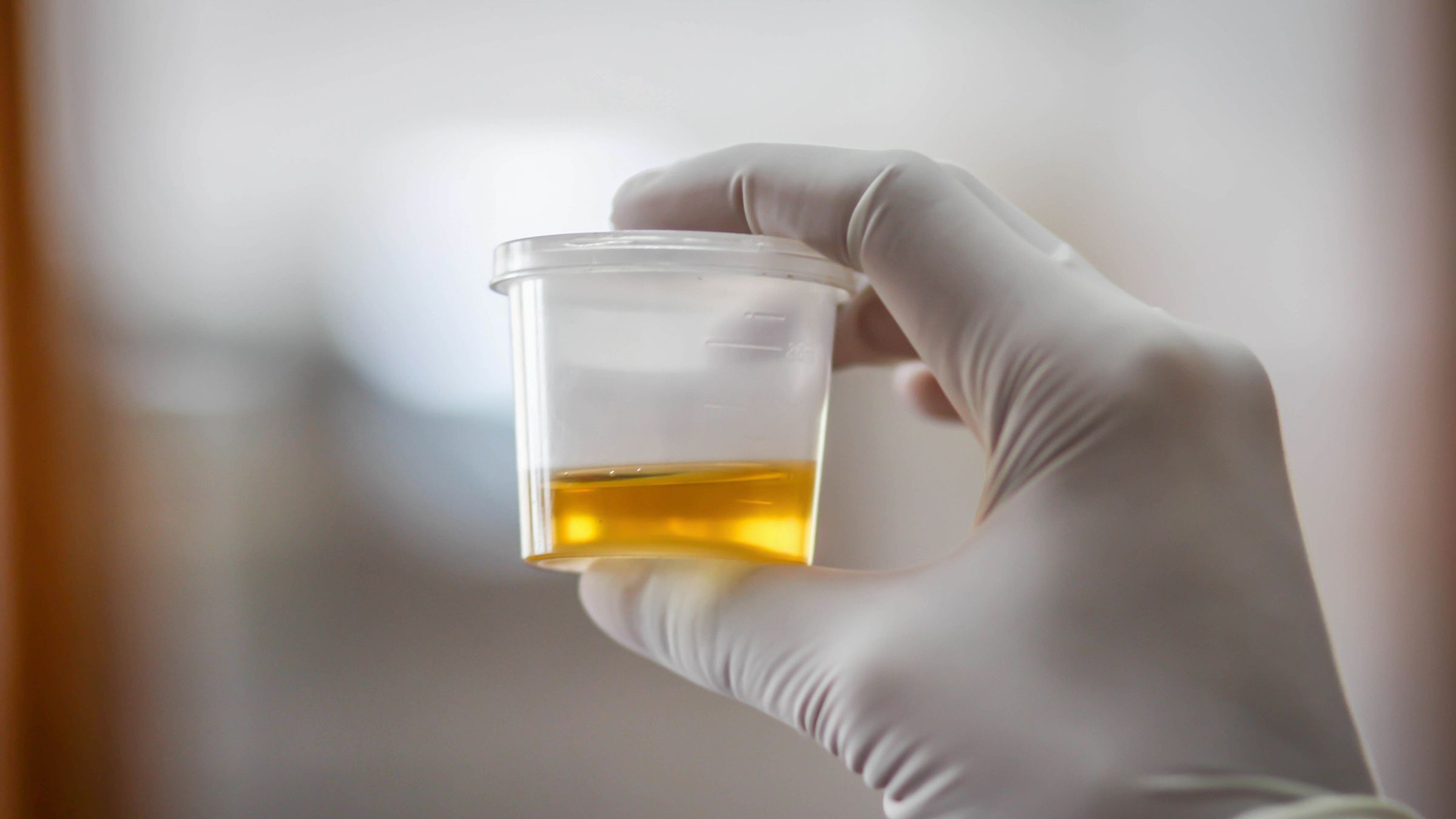

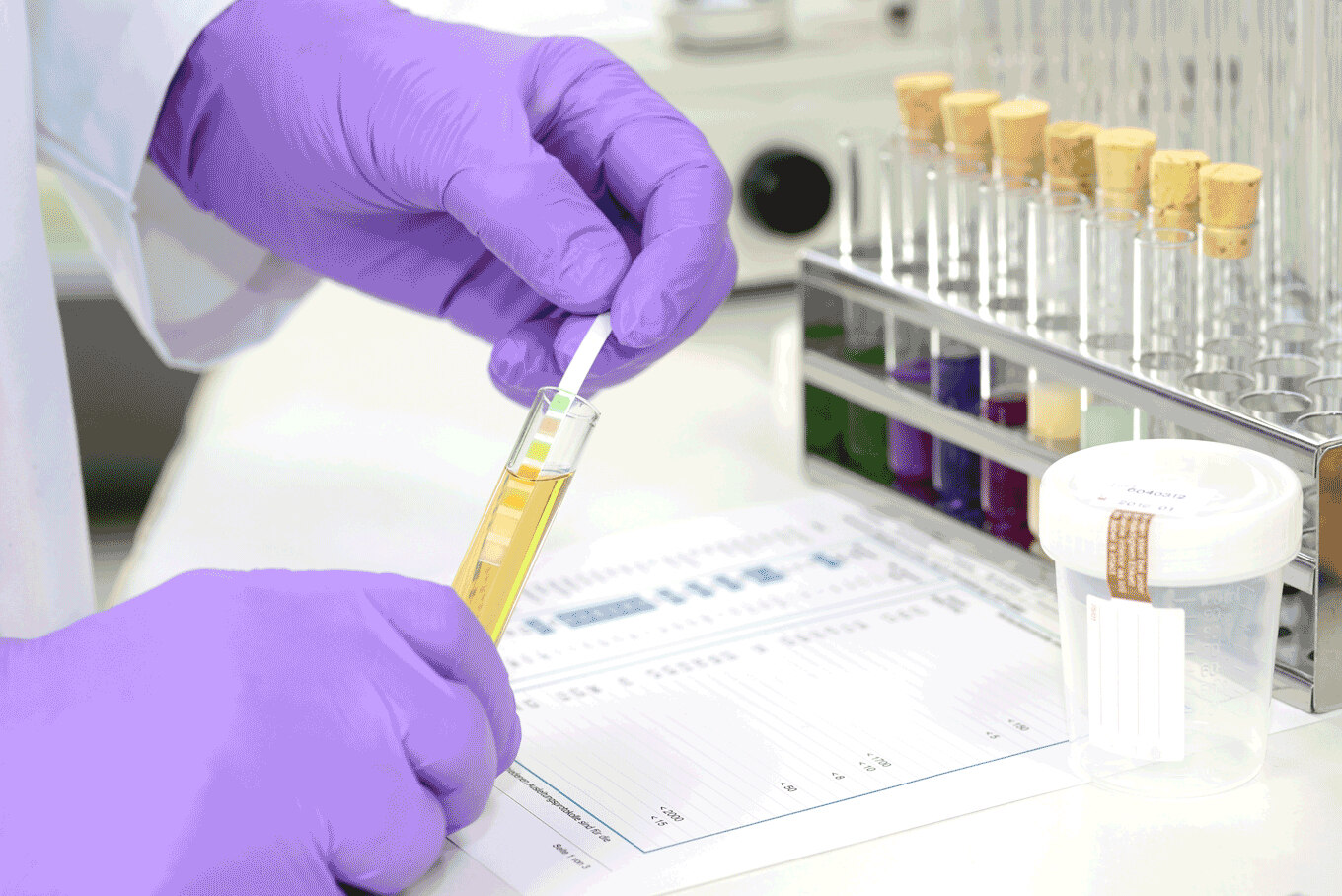
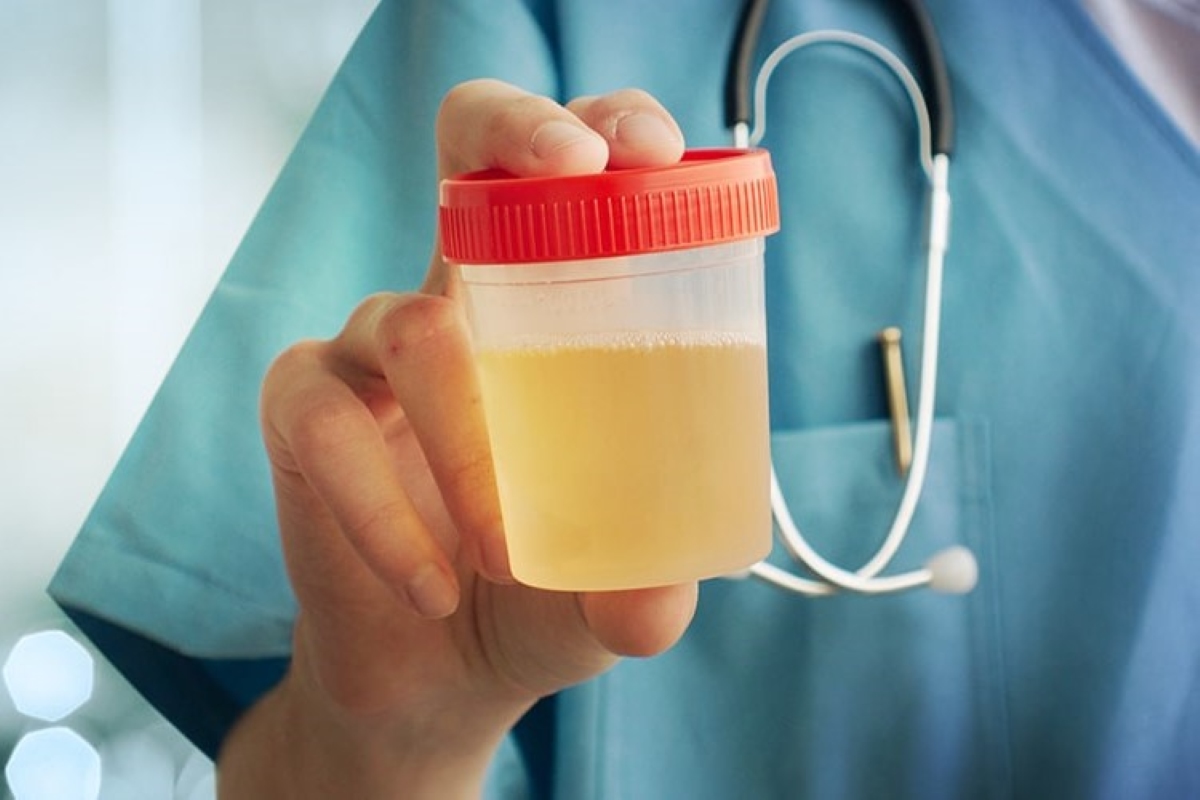
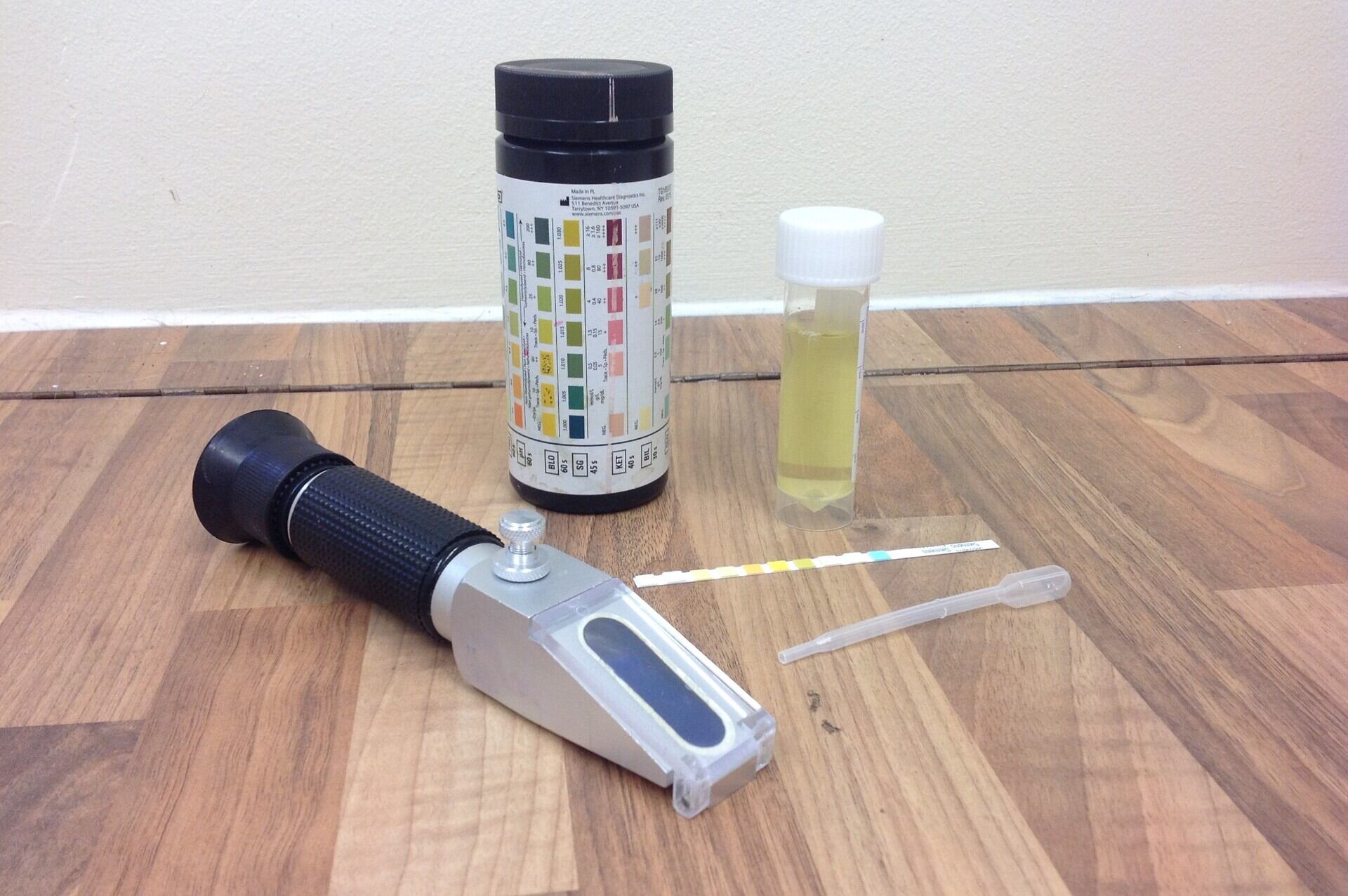
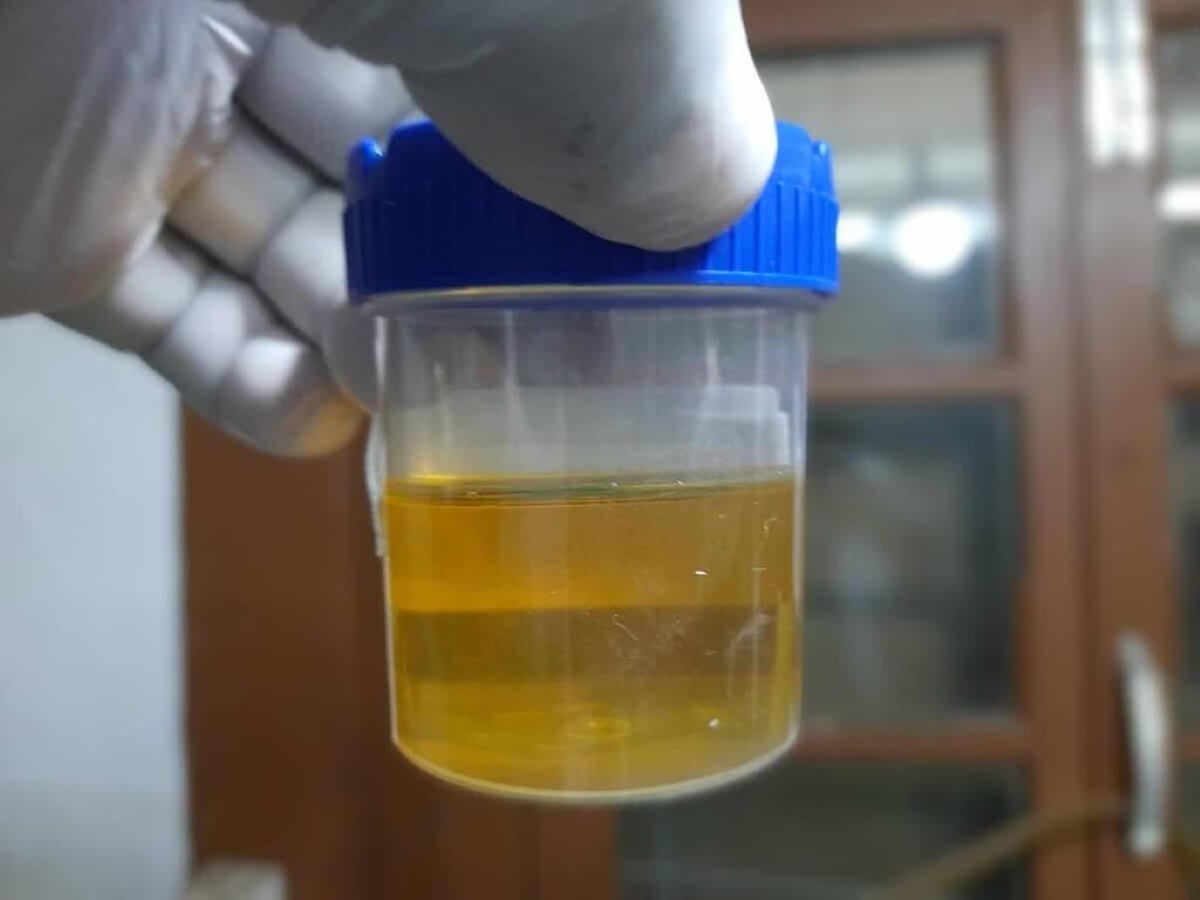
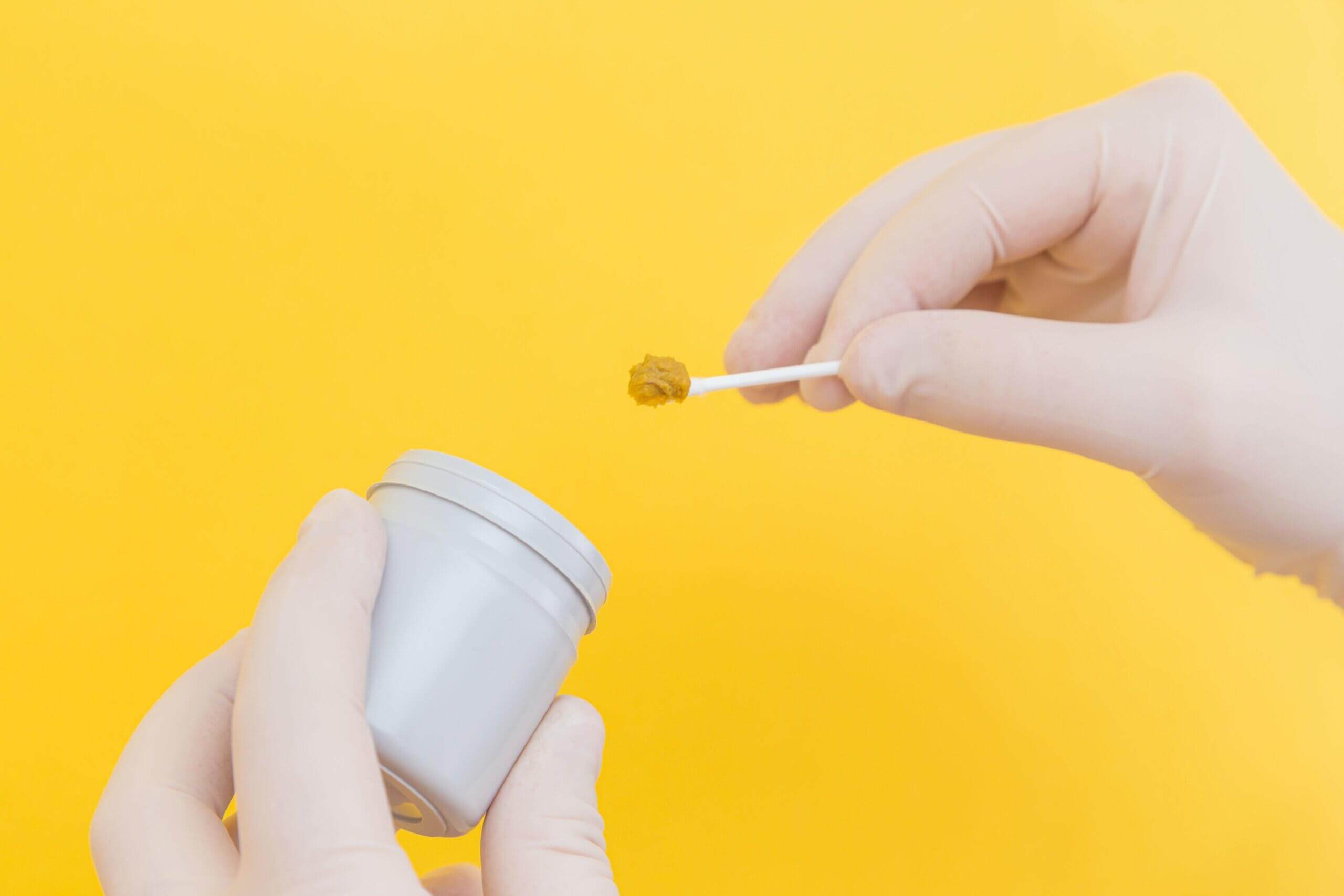

0 thoughts on “How To Store Blood Samples”